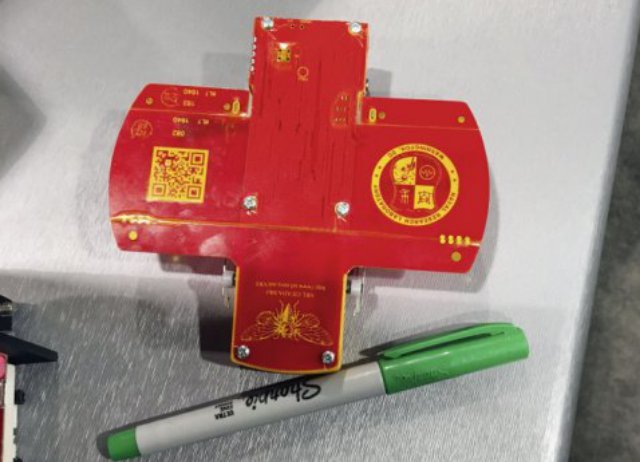The US Naval Research Laboratory (NRL) is planning swarming tests of its Close-In Covert Autonomous Disposable Aircraft (CICADA) MK5 from a US Navy P-3 Orion aircraft. CICADA is a palm-sized unmanned aerial vehicle (UAV) designed to be deployed from a sonobuoy canister and in essence is a flying circuit board with autopilot controls built into the wings. The air vehicle is GPS guided and self-stabilises using spin recovery manoeuvres that have been tested at a wind tunnel at the NASA Langley Research Center, an NRL spokesperson told Jane’s, at the Navy League Sea, Air, Space symposium at National Harbor, Maryland, on 5 April. CICADA currently carries Micro-Electro-Mechanical- (MEM)-based pressure, temperature, and humidity sensors, and estimates the vertical wind profile during descent. CICADA uses an onboard GPS to provide position, time and altitude and guide itself to a specific location on the battlefield. The CICADA has a 65 g flight weight and descends at a rate of around 1,000 ft per minute. The MK5 fits into a sonobuoy tube fitted with a parachute. After being launched from an aircraft, the canister releases all the CICADAs. A single tube can hold 32 of the small air vehicles, stacked two at a time, nose to tail. The launch system has now been approved by the US Naval Air systems Command for deployment from a P-3 Orion maritime surveillance aircraft. With the basic research effort complete, the CICADA programme is hoping to transition the technology to industry or a military sponsor who could tailor it for a specific mission. To date, NRL has delivered 150 CICADAs to the NASA Langley Research Center. Photo: IHS Markit/Geoff Fein Source: IHS Jane’s 360

UAS VISION
an independent online news service for the Unmanned Aircraft Systems world
